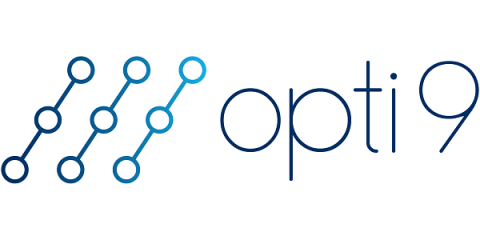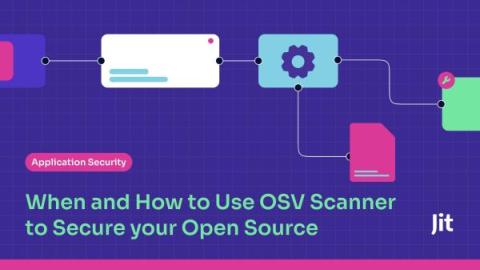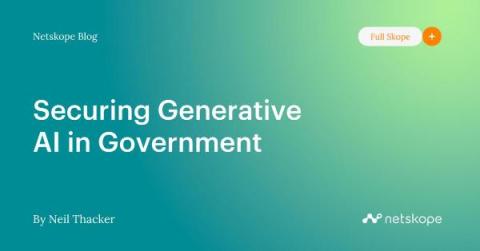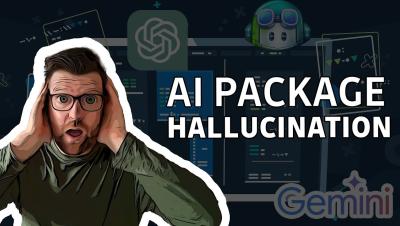What it takes to do Cloud Detection & Response
A guest post by James Berthoty the founder of Latio Tech. The shift to cloud has meant an explosion in cloud security-related acronyms – so many that it can be difficult to know what you currently have versus what’s missing or available. First we bought CSPMs (Cloud Security Posture Management), then CWPPs (Cloud Workload Protection Platforms), then CNAPPs (Cloud Native Application Protection Platform), then CDRs (Cloud Detection Response), and now KDRs (Kubernetes Detection Response).











